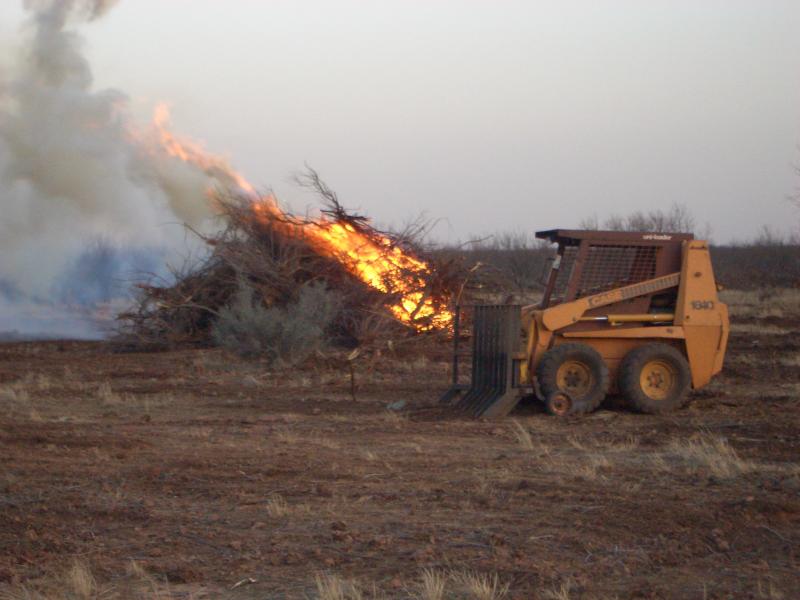For over 50 years, Hill Country ranchers have been telling tales of springs bursting from the ground after they removed ashe juniper infected areas. Actually, they probably didn’t call it ashe juniper. In Texas, it’s “affectionately” known as cedar. A recent study on 700 acres owned by the state (40 miles north of San Antonio) is giving federal researchers the data to find out just how much water the trees use, and if a massive program to restore grasslands across the Hill Country would result in more water for cities, farms and wildlife.
“Now we are controlling the water with the landscape,” said George Ozuna, the deputy director of the U.S. Geological Survey’s Texas Water Science Center. Until now small-scale studies on parcels up to 50 acres have shown juniper removal from the Edwards Plateau might result in an increase of stream flow and groundwater recharge equal to about 5 percent of annual rainfall. Continue reading Brush Control Will Increase Groundwater Supply
